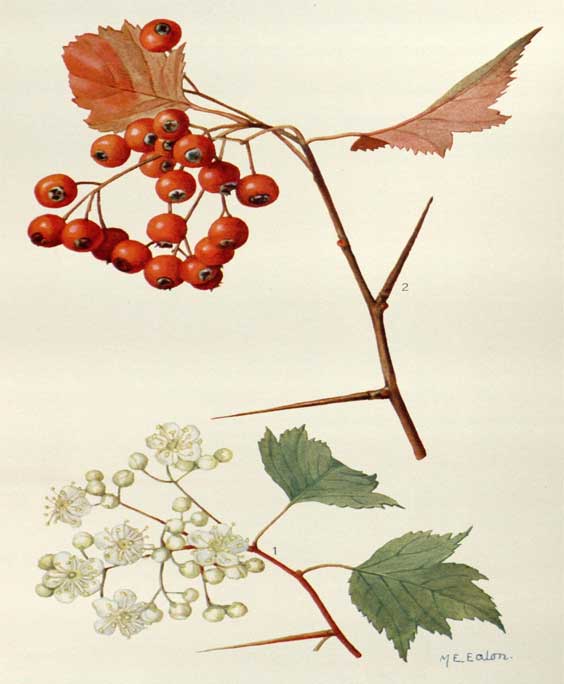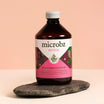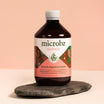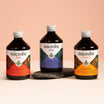Hawthorn berry and leaf
Crataegus Monogyna/Laevigata

Family: Rosaceae
Which probiotic is it in?: Hawthorn berry and leaf are key ingredients in Sustain
Habit and cultivation: Native to the British Isles and Northern temperate regions of the world, it was introduced to New Zealand and Australia during the last century as a hedging plant. It grows on waste ground, road sides and grassy hillsides. It can be propagated from seed and takes around 18 months to germinate so it is more common to be cultivated from cuttings. The flowering tops are harvested in late spring and the berries in late summer to early autumn.
Actions (known for): Anti-arrhythmic, anti-oxidant, cardiotonic, hypotensive and vasodilator.
History of Hawthorn berry and leaf
Parts used from the Hawthorn berry and leaf
Leaves, flowers and berries.
Constituents (bio available chemicals):
Flavonoids, oligomeric procyanidins, anthocyanins, triterpenoids and cardiotonic amines.
Nutritional constituents:
Vitamins: C (40-60g) in berries, carotene, B1, B2, E and P. Minerals: calcium, magnesium, iron, zinc, sodium, sulphur, copper, manganese, aluminium, beryllium, cadmium and lead. Several amino acids are found in the flowers and chlorophyll in the leaves.
Indications:
Angina, hypotension, hypertension, chronic heart failure, ectopic beat, valvular insufficiency, atheroma, oedoma and dyspnoea of cardiac origin, tachycardia, arrhythmia, atherosclerosis and chilblains.
Dosage:
Liquid extract: (1:2): 20 – 40ml per week. Dried herb in any form: 0.2 – 1g 3 x daily. Mills states that the action of Crataegeus is gentle but cumulative, so low doses for a minimum of 2 months is likely to be required.




































